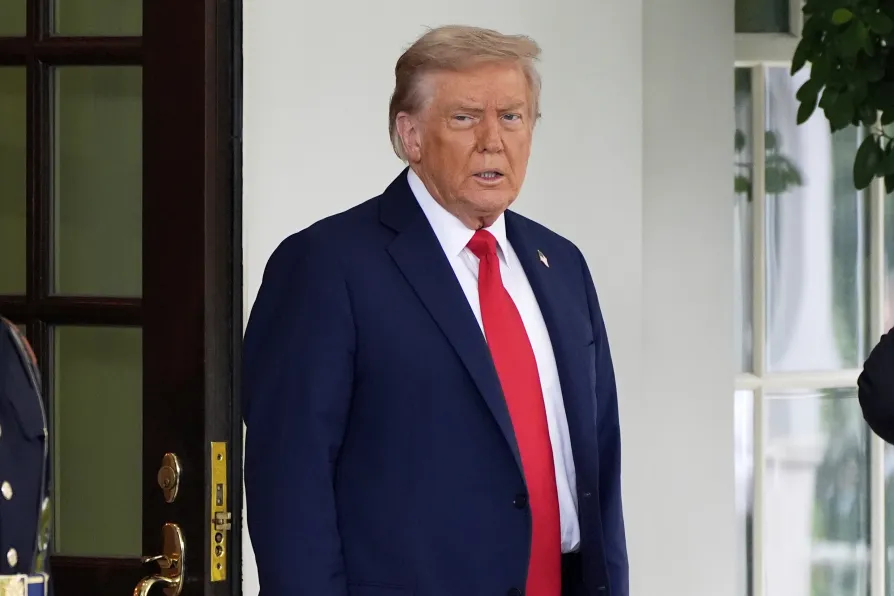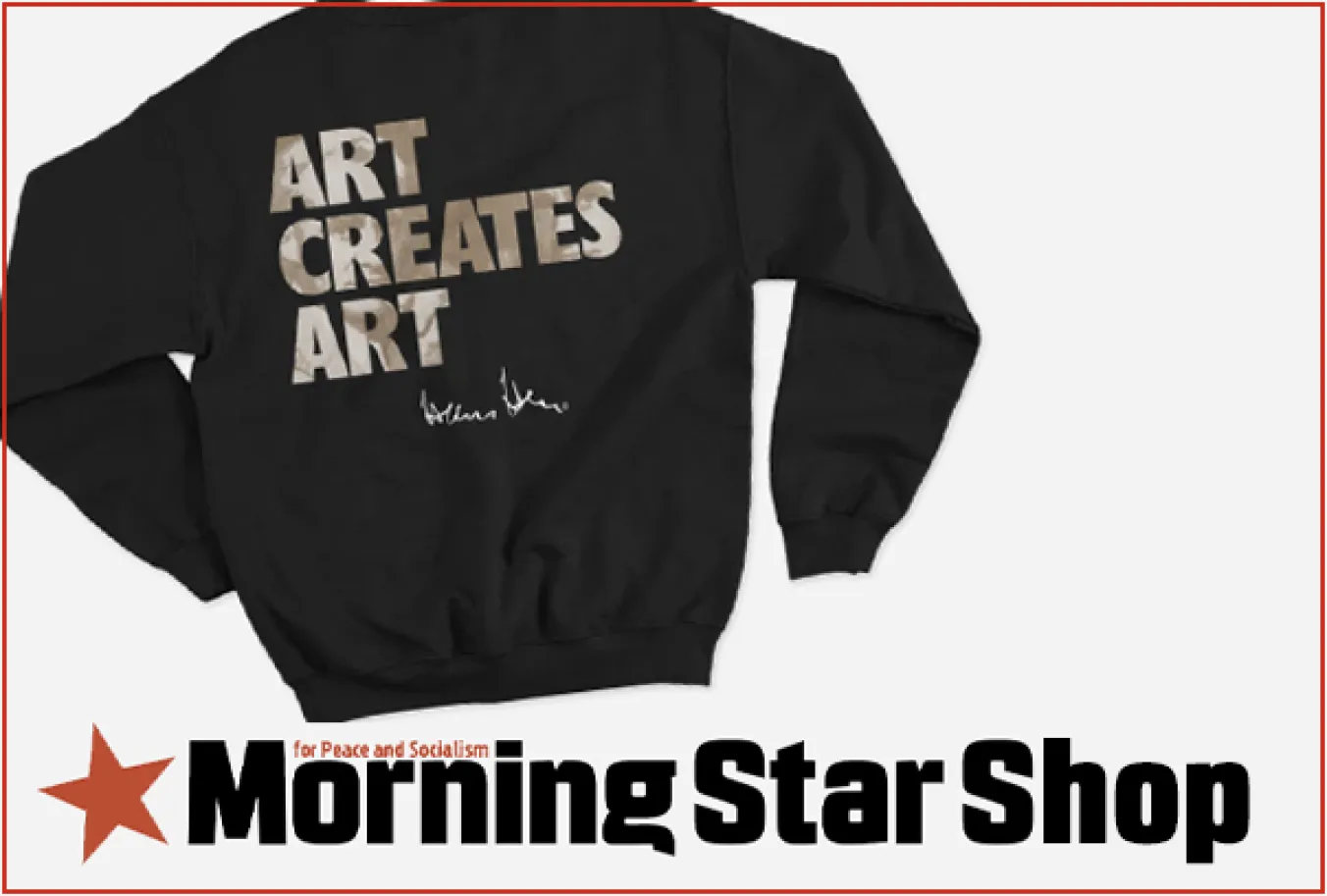
 President Donald Trump stands before greeting Ukraine's President Volodymyr Zelenskyy as he arrives at the White House, August 18, 2025, in Washington
President Donald Trump stands before greeting Ukraine's President Volodymyr Zelenskyy as he arrives at the White House, August 18, 2025, in Washington
UNITED STATES and European Union officials released a bare-bones account today of their trade deal that imposes a 15 per cent tariff on 70 per cent of European goods exported to the US.
Both sides left blank key areas such as wine and spirits as well as steel and indicated that talks would continue on those and a host of other important sectors.
The two sides said the document was only “a first step in a process that can be further expanded to cover additional areas.”
They are dealing with the vast range of goods traded between the two economies in what is the largest bilateral trading relationship in the world, involving $2 trillion (£1.42trn) in annual transatlantic business.
The three-and-half-page text represents a political commitment and is not legally binding. It contrasts with the typical format for trade agreements, which can be hundreds of pages long and carry legal force.
The key provisions are the 15 per cent tariff on most EU goods, a zero rate on US cars and other industrial goods exported to the EU and a range of exceptions to the 15 per cent rate for aircraft and aircraft parts, generic pharmaceuticals and pharmaceutical ingredients, with other sectors to be added for goods crucial to each other’s economies.
Those goods would face lower rates set before President Donald Trump’s tariff onslaught.
“The EU has agreed to open its $20 trillion [£14.76trn] market,” US Commerce Secretary Howard Lutnick wrote on X.
He hailed the deal as “a major win for American workers, US industries and our national security.”
European Commission president Ursula von der Leyen said: “Faced with a challenging situation, we have delivered for our member states and industry and restored clarity and coherence to transatlantic trade.
“This is not the end of the process.”










